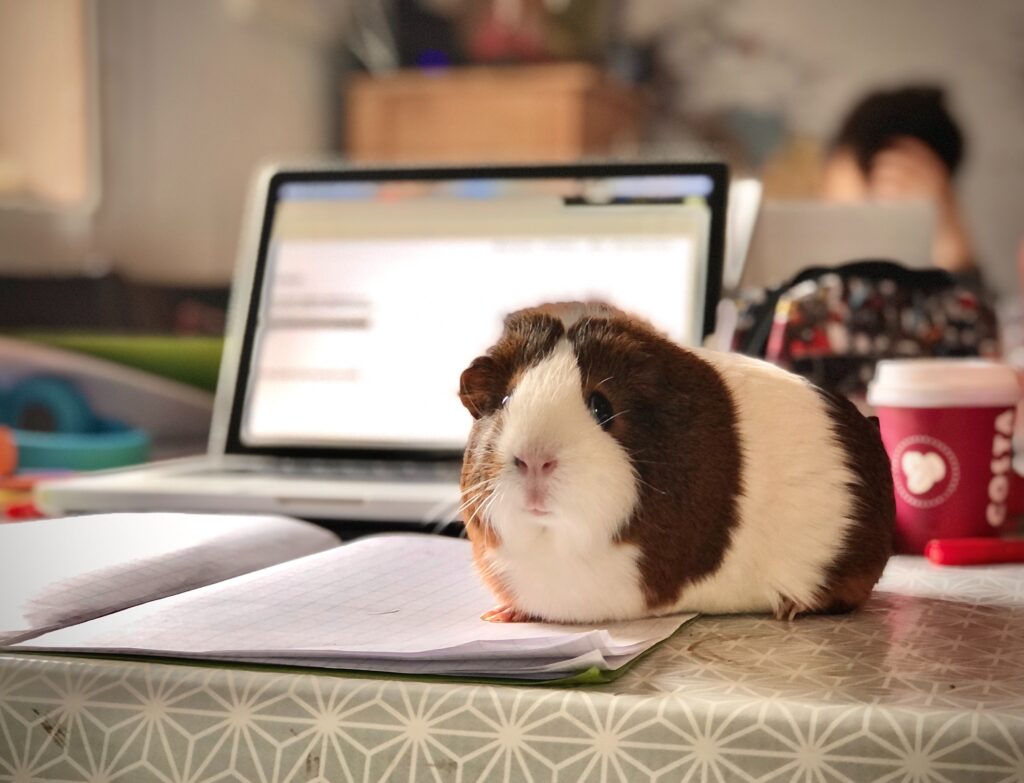Many people complained that their kids think Chinese is difficult to learn; So how to lay a solid Chinese foundation for kids? Is primary 1 Chinese tuition necessary?
To lay a solid foundation in Chinese for kids, you can follow these strategies:
Start early: Introduce Chinese to kids at a young age. The early years are crucial for language acquisition, and children are more receptive to learning new languages during this period.
Create a language-rich environment: Surround kids with Chinese language materials such as books, music, videos, and games. Label objects in the house with Chinese words, and use Chinese in daily routines and conversations. (If you want to know more about Chinese learning, please feel free to click here!)
Use interactive and engaging resources: Utilize interactive and age-appropriate resources that make learning Chinese enjoyable for kids. This can include educational apps, online games, and videos with interactive exercises and quizzes.
Focus on listening and speaking: Emphasize listening and speaking skills in the early stages. Engage children in conversations, sing Chinese songs together, and encourage them to repeat words and phrases. This helps them develop a natural pronunciation and intonation.
Introduce reading and writing gradually: In primary 1 Chinese tuition class, teachers will introduce basic Chinese characters and pinyin (phonetic system) as children progress. Start with simple characters and gradually increase the complexity. Incorporate reading Chinese books, practicing writing strokes, and forming simple sentences.
Make learning fun and interactive: Incorporate games, role-plays, storytelling, and hands-on activities to make learning Chinese engaging and interactive. Use props, puppets, or flashcards to make the learning experience enjoyable.
Provide cultural exposure: Introduce Chinese culture through stories, traditions, festivals, and cultural activities. This helps children understand the context and significance of the language and promotes cultural appreciation.

Consistency and repetition: Consistent practice and repetition are essential for language learning. Set aside regular time for Chinese learning activities and ensure continuous exposure to the language.
Celebrate progress: Celebrate children’s achievements and progress in learning Chinese. Encourage and praise their efforts, which boosts their confidence and motivation to continue learning.
Seek professional guidance: Consider enrolling children in Chinese language classes or hiring a tutor who specializes in teaching Chinese to kids. Qualified instructors can provide structured lessons and tailored guidance based on children’s abilities and learning styles.
Remember, building a solid foundation takes time and patience. By incorporating these strategies and creating a supportive learning environment, you can help children develop a strong foundation in Chinese language skills.
Start with basic vocabulary: Begin by introducing essential vocabulary words and phrases that are relevant to a child’s daily life. Teach them words for common objects, actions, and greetings. Use visuals, flashcards, and interactive games to make learning fun and engaging.
Focus on pronunciation and tones: Pay special attention to correct pronunciation and tones from the beginning. Primary 1 Chinese tuition will Help kids develop good pronunciation habits by modeling the sounds for them and encouraging them to practice speaking aloud. Practice tone recognition through listening exercises and repetition.
Use interactive and age-appropriate resources: Utilize interactive resources designed for children, such as educational apps, online games, and videos. These resources often incorporate colorful visuals, animated characters, and interactive exercises to make learning Chinese enjoyable and interactive.
Encourage conversational practice: Create opportunities for kids to practice speaking Chinese in a conversational setting. Engage in simple conversations with them, encourage them to speak in Chinese during daily activities, and role-play scenarios to simulate real-life situations. Provide positive reinforcement and corrective feedback to help them improve their speaking skills.
Incorporate storytelling and songs: Storytelling and songs are effective tools for language learning. Read Chinese storybooks to kids, incorporating gestures and expressions to make it more engaging. Sing Chinese songs together, teaching them the lyrics and explaining the meanings. These activities help develop vocabulary, listening comprehension, and intonation.
Introduce Chinese characters gradually: Introduce Chinese characters at an appropriate pace. Start with basic characters that are relevant to their daily life and gradually introduce more complex characters as their proficiency grows. Use stroke order worksheets and character tracing activities to help them become familiar with the characters’ formation.
Provide cultural exposure: Introduce aspects of Chinese culture to make the language learning experience richer. Explore Chinese traditions, holidays, and customs with kids. Watch Chinese cultural performances, introduce Chinese cuisine, and engage in activities like paper cutting or calligraphy. This fosters a deeper appreciation and understanding of the Chinese language and culture.
Consistent practice and reinforcement: Encourage regular practice to reinforce learning. Set aside dedicated time for Chinese language activities each day. Use flashcards, language games, and quizzes to review vocabulary and reinforce language concepts. Celebrate their progress and achievements to motivate continued learning.
Provide opportunities for immersion: Whenever possible, create opportunities for kids to use Chinese outside the classroom. Attend Chinese cultural events, visit Chinese-speaking communities, or connect with native Chinese speakers through language exchange programs. Immersion experiences enhance their language skills and boost confidence in using Chinese.
Start with oral communication: Focus on developing oral communication skills as a foundation for language learning. Encourage kids to listen and speak Chinese through conversations, role-playing, and language games. Provide ample opportunities for them to practice speaking and build their confidence in using the language.
Introduce Pinyin and tones: Teach Pinyin, the phonetic system for Chinese, to help kids understand pronunciation. Emphasize the importance of tones and guide them in correctly pronouncing the four tones of Mandarin. Practice tone drills and provide feedback to ensure accuracy.
Build vocabulary systematically: Introduce vocabulary based on themes or topics relevant to kids’ lives, such as family, school, food, and animals. Start with basic words and gradually expand their vocabulary. Use flashcards, picture books, and interactive activities to reinforce vocabulary acquisition.
Use visual aids and multimedia: Utilize visual aids, such as posters, charts, and videos, to support learning. Incorporate multimedia resources like interactive apps, songs, and videos designed for children to make the learning experience engaging and enjoyable.
Cultural immersion: Expose kids to Chinese culture and traditions through activities, stories, and celebrations. Share Chinese folktales, introduce traditional festivals, and explore customs like calligraphy or paper cutting. This helps children develop an appreciation for Chinese culture alongside language learning.
Encourage authentic language use: Provide primary 1 Chinese tuition for kids to use Chinese in real-life contexts. Encourage them to engage with native speakers, participate in language exchange programs, or join Chinese language clubs. This allows them to practice and apply their language skills in authentic settings.
Consistent practice: Establish a consistent language learning routine. Set aside dedicated time for Chinese practice each day, incorporating activities like reading, listening to Chinese songs or podcasts, and engaging in interactive language apps. Consistency helps reinforce learning and build fluency over time.
Remember, creating a supportive and encouraging learning environment is essential. Primary 1 Chinese tuition will tailor the approach to each child’s learning style and interests, making the learning process fun and engaging. With consistent practice and guidance, children can develop a solid foundation in Chinese.




